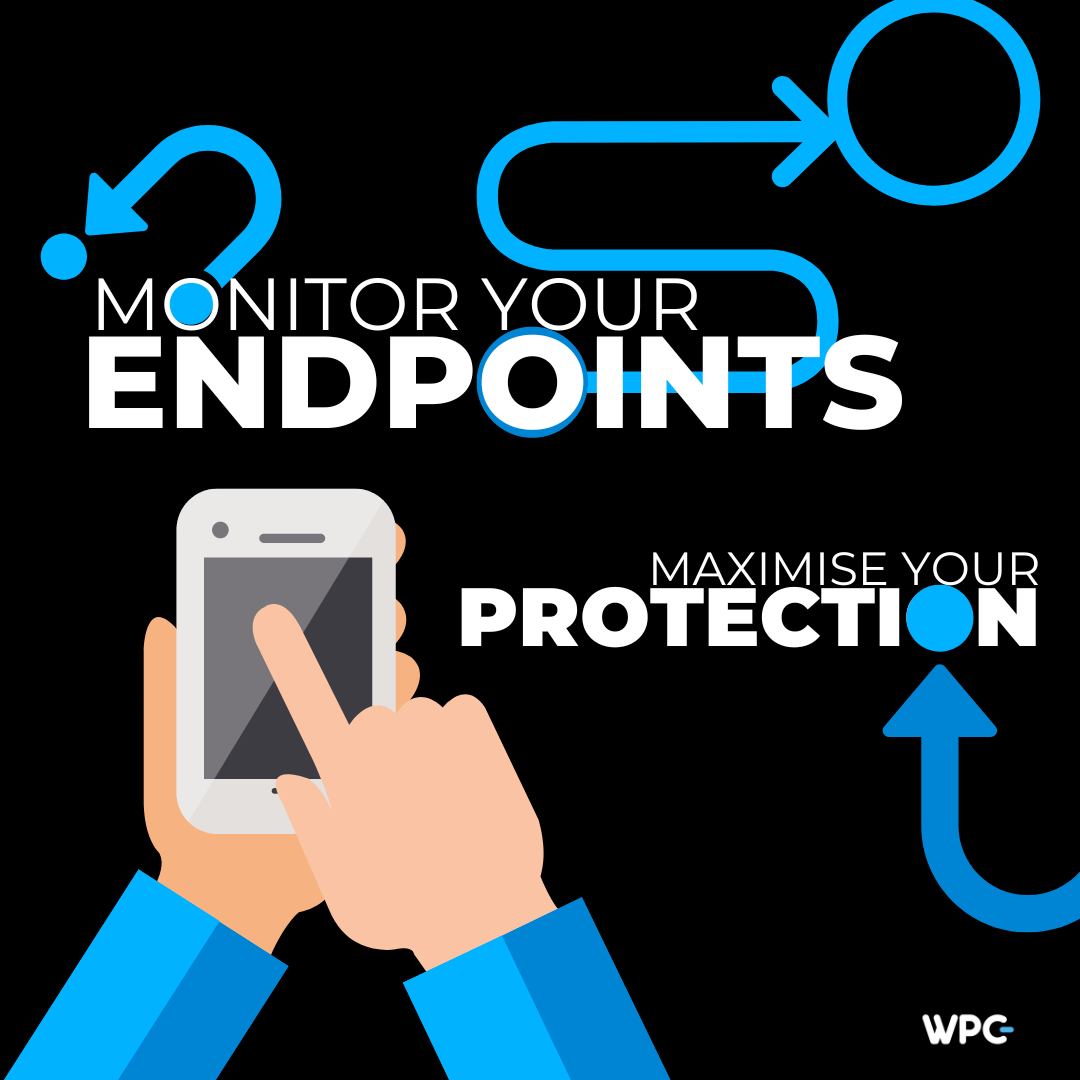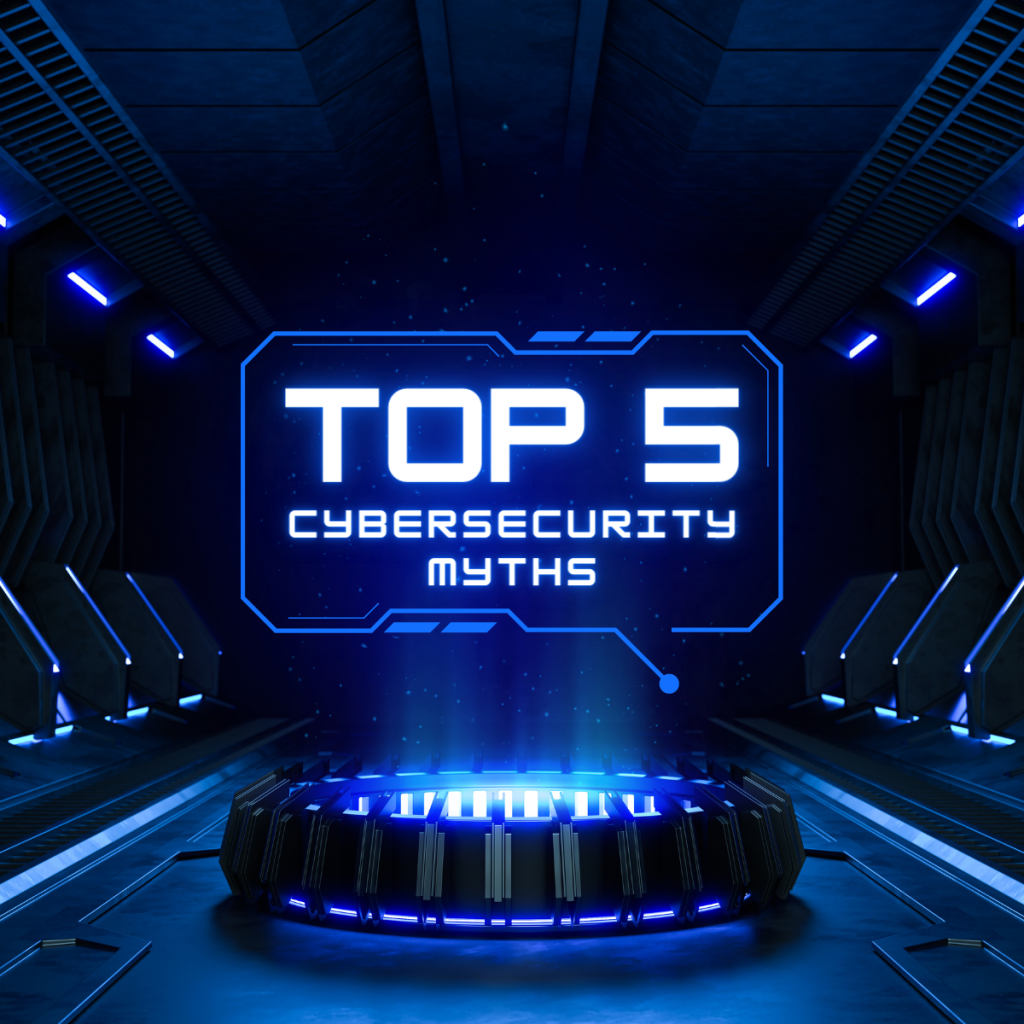Once upon a time, company IT environments were quite basic. They were made up of a few on-premises servers linked to a number of PCs. The network’s hosts were few in number, and the network configurations weren’t very complicated. Both were manual handling requirements for endpoint monitoring and administration.
Those times have passed. Businesses today rely on a number of cloud-based virtual machines and storage options in addition to real PCs and servers. Additionally, they frequently have mobile devices that roam about their networks continuously. Additionally, network configurations are continually changing as devices go online and offline.
It’s essential to implement an integrated endpoint monitoring and management system in this kind of setting. The procedures of tracking, managing, and securing the many endpoint types that are present within a company’s networks are automated by endpoint monitoring.
This article provides an introduction to endpoint monitoring and management, explaining its definition, importance, and techniques.
What is Endpoint Monitoring and Management?
All of the endpoints on a network can be tracked and managed with the aid of endpoint monitoring and management.
In current networks, endpoints could be tangible objects like computers, servers, or cell phones. However, they might also be virtual machines or portals to cloud storage services that are software-defined entities.
How Does Endpoint Monitoring Maximise Protection?
To ensure that employees can do their duties, it is crucial to enable seamless access to corporate networks. However, each gadget connected to the network carries its own set of inherent risks. Employees who work from home are not covered by the corporate firewall, which can track and obstruct connections to endpoint devices. While connecting to a Virtual Private Network (VPN) is required by many organisations and can provide some protection, it can be difficult to ensure that all employees do so on a regular basis.
Cybercriminals are increasingly attracted to endpoint devices as targets. They frequently use personnel who could be vulnerable to phishing, the most frequent attack method used to target endpoints, and frequently have unpatched software vulnerabilities.
Endpoints are becoming a more frequent target of cyberattacks that aim at installing malware and accessing networks without permission. The expansion in endpoint devices in the past few years has given attackers more options to conduct these assaults, and the move to cloud storage and SaaS only makes the situation more challenging. Over £7 million, or more than twice as much as a generic data breach, is the average cost per breach caused by an attack on endpoints.
Incident response is crucial since endpoint breaches have the potential to inflict considerable harm and disruption. By interrupting and reducing threats sooner in the kill chain, endpoint security can assist organizations in shortening the time it takes to respond to incidents. By automating response activities like separating a compromised endpoint from a system, advanced technologies like EDR can help to ensure breaches are closed down as quickly as feasible.
According to Gartner, EDR software will be installed in 70% of organisations with more than 5,000 endpoints by 2020.
Key Capabilities
Businesses may be more vulnerable to attacks if they have intellectual property and personally identifiable information (PII). Such dangers can be reduced through endpoint monitoring’s capabilities, which include:
Intelligence-driven Detection
Security teams can learn from online attackers thanks to this capability. You can uncover a pattern and develop corrective actions by identifying the processes, goals, and actions of the attacker.
Behavioural Analysis
AI and machine learning can be used to automatically evaluate endpoint behaviour and find any odd patterns. Learn more about indicators of attack (IOAs) to help stop similar assaults in the future.
In data sets, anomalies, and outliers stray from the norm in order to skew expected results and expose weaknesses. Using behavioural analysis and endpoint monitoring solutions, you can find them.
Data Encryption
Unencrypted data can be stored on devices that convert readable information into incomprehensible ciphers and secure the data using a password or encrypted key. This ability aids in the protection of sensitive data such as client records, PIIs, and source codes.
Regular Software Updates
Your security systems could be compromised by outdated software, which could also expose your company’s data to the risk of sophisticated cyberattacks. Devices with software that is unpatched can be found and routinely updated.
Primary Benefits
Enhance Employee Experience
Employees anticipate trustworthy security, safety, and protection for their mobile devices. 91% of workers, according to a survey, are dissatisfied with the technology offered in the workspace. A device’s performance may suffer if it lags or operates slowly.
By offering optimal conditions for their devices, endpoint monitoring enhances the working experience for employees. This lowers server downtime and boosts your company’s general productivity.
Ensure Appropriate Cybersecurity Practises
The majority of cyberattacks are caused by failing to address security flaws in a timely manner and by disregarding cyber hygiene. Endpoint monitoring increases endpoint visibility, resulting in more effective risk management and security. Additionally, it keeps your system’s patches current to lessen attack vulnerability.
Reduce Expenses
The act of protecting your systems from security threats might help you save money. Infected systems, server outages, and DDoS attacks not only result in data loss but also astronomical recovery expenses. According to a survey, DDoS damage to businesses may run up to £40,000. Monitoring your systems on a regular basis can assist stop such assaults and help you save both time and money.
Enhance Network Visibility
Organisations can better understand what’s occurring on their network thanks to endpoint monitoring. It assists in addressing issues like what kind of devices exist in the network, if any of them are currently active, when they are used, how much bandwidth each device uses, and other issues.
Establish a Safe and Protected Remote Work Environment
The epidemic and ensuing lockdowns prompted businesses to adopt remote work, having a significant impact on the cybersecurity industry. A poll found that 49% of workers do all of their jobs remotely. Due to the unexpected surge in personal device use for work, endpoints are now more vulnerable to security threats. BYOD guidelines can raise the risk of data leaks and hackers.
Tracking every mobile device used by an employee will help you create a secure and productive remote working environment. Receive timely updates, preventive maintenance, and alerts for out-of-date software and shady activity. To create the ideal working environment, you can also evaluate the user experience.
Key Factors for Endpoint Monitoring and Management
Follow these objectives to get the most out of endpoint monitoring and management.
Complete Endpoint Visibility
Whether it’s an actual device or a virtual one, gather as much information as you can about each endpoint to gain as much visibility as you can into them. Understand the operating system that is being used, the applications or services that are being hosted, the various endpoints to which it can connect, and so on.
Knowing what each endpoint is utilised for, who has the ability to access it, if its software is current, and any other operational or security-related details that can assist you to monitor the endpoint should be your aim.
Endpoint Software Control
In order to identify illegitimate programmes or services, find out what software is installed on endpoints. In order to determine whether these programmes and services are outdated and potentially vulnerable to security flaws, you need also to keep track of their software versions.
Until they are secure, unsecured devices should be removed from the network or at the very least stopped from connecting with other network nodes.
Adopting a “zero trust” strategy will yield the greatest results because it prevents new devices from connecting until their security has been verified. This strategy is safer than assuming endpoints are trustworthy by default and afterwards identifying and isolating any that aren’t.
IT Asset Management
Your team may gather information on the condition of each IT asset with the use of endpoint monitoring and management technologies, which can be helpful for asset management. You can, for instance, track the hardware device ages and the licence condition of programmes operating on endpoints. This knowledge will assist you in making replacement plans.
This does not imply that your IT asset management plan should be only based on endpoint monitoring, but it may be helpful.
Threat Detection
Threats can be identified using information gathered from endpoints and their behaviour. Peculiar network traffic flows from an endpoint that has historically behaved differently, for instance, may indicate possible abuse.
In the event of a security issue, keeping track of endpoints and related network traffic will also help you figure out how many devices were impacted. Endpoint data can also be used to determine how many devices might be susceptible to specific attacks depending on the software services that they are currently using.
Additionally, if a live attack is happening, you can use knowledge of endpoint configuration to restrict the attack to a specific area of your network by disabling connectivity to the compromised endpoints.
Final Thoughts
You must use cloud-based technologies, IoT, and mobile devices if you want to remain relevant in the digital marketplace. Each technology does, however, have flaws that, if ignored, can destroy your company. The threat intelligence and transparency needed for monitoring endpoint activity in real time are absent from traditional endpoint security systems.
In order to save money, effectively manage remote work, and streamline business operations, you must select the appropriate endpoint monitoring solution. To choose the best vendor, keep in mind your company’s needs.
Which endpoint monitoring solution do you employ? Which features and advantages do you think are most crucial? Contact us and let us know!







